by Alejandra Gomez

I have always been fascinated by frogs! It was in my early, formative years of junior high school, where I was introduced to the dissection of frogs. I remember being told that a frog’s body provided an overview of the organ system of a complex living thing. The organs present in frogs and the way they are laid out in their body are similar enough to humans so as to provide students with insight about how the human body functions.
I was a great student of science and proceeded to graduate with a B.S. in Biology and a minor in Chemistry and did a year of graduate work in genetic engineering before leaving the science world. That’s another story.
Fast forward to the present. I live in a house with a backyard pond and fountain right outside my bedroom. From November 1 to May 1, I turn off the AC and open up all my windows. It is during our Valley rainy weather, early fall, and early spring, when I am again fascinated once more by frogs! I love hearing the male frog calls through my windows. At times their calls are so loud that if I am on a cellphone call people ask me, “What is that?” I have no choice but to explain all about my frogs!
So, it was a no-brainer for me to submit this Chachalaca article on my experience at the TMN Annual Virtual Conference on “Frog Calls in a Harris County Gulf Coast Prairie,” by Kevin Muraira from the University of Houston – Downtown. What caught my eye when reading the presentation description was, “Come learn the calls of some of the common frog species.” I was all IN!
Mr. Muraira gave a brief overview of how the study of Herpetology has evolved and went over the differences among frogs, toads, and newts and said, “All toads are frogs, but not all frogs are toads!” Mr. Muraira presented his study on frog call data gathered from a 51-acre prairie region within Harris County gulf coast prairies and marshes. He conducted his data over 10 days from 6 pm – 7am. He recorded dusk to dawn data and measured time, temperature, and humidity.
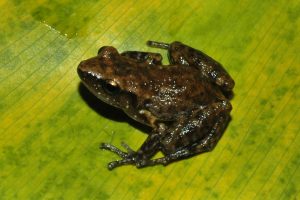
Using this data, he shared what we can learn about the frog species present and call time from frog recordings. He informed us that male frogs not only call during mating season to attract females, but also to warn other male frogs to back off, and when they sense danger. Did you know that while male frogs do the majority of the calling, females frogs can respond with a lower call like a “duet? How romantic!
He highlighted the five frogs that were common in his study, including the Crawfish Frog with a distinct deep gurgle call that sounds like on the “verge of being sick,” the Rio Grande Chirping Frog with a high pitch squeak, the Cajun Chorus Frog whose call is like a “trill” that sounds like running your finger along a comb, the Spring Peeper with a high pitch or whistling sound, and the Northern Cricket Frog whose call sounds like the hitting of two rocks together. In thestudy, the frog that came in as the noisiest of all was the Rio Grande Chirping Frog and I felt proud. That’s because it has Rio Grande in its name; I cheer for everything Rio Grande!


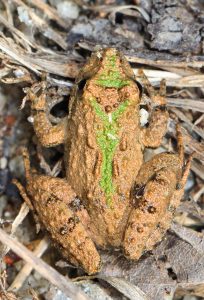
Mr. Muraiara also discussed several threats to frogs which include pollution/run-off, disease (especially fungus), human land development/loss of habitat, and predators, such as birds. All in the all the presentation was very interesting, but we were not able to hear any frog calls due to a technical difficulty.
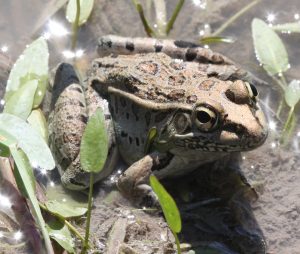
From a personal viewpoint, I walked away realizing that frogs are losing out and becoming more vulnerable. As a result, I will place well drained and secured PVC habitats for frogs in my pond area so that I can continue to enjoy their calls.
I can attest that from my humble pond, I’ve enjoyed hearing the Gulf Coast Toad with itslow rattling trill, the Spring Peeper with its high pitch, the Rio Grande Leopard Frog with its low growl, and I am going to go out on a limb and say, the Couch’s Spadefoot Toad with its short strained sheep-like “waaah” call. Go frogs!!!
The sounds of frogs:
Spring Peeper
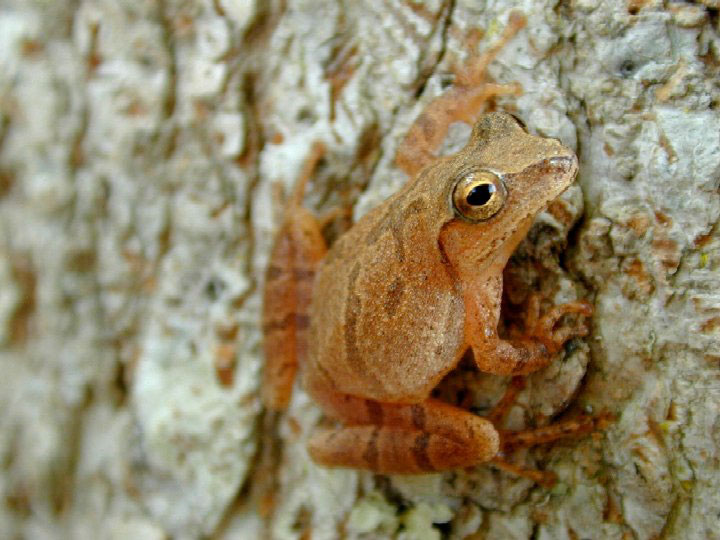
Northern Cricket Frog
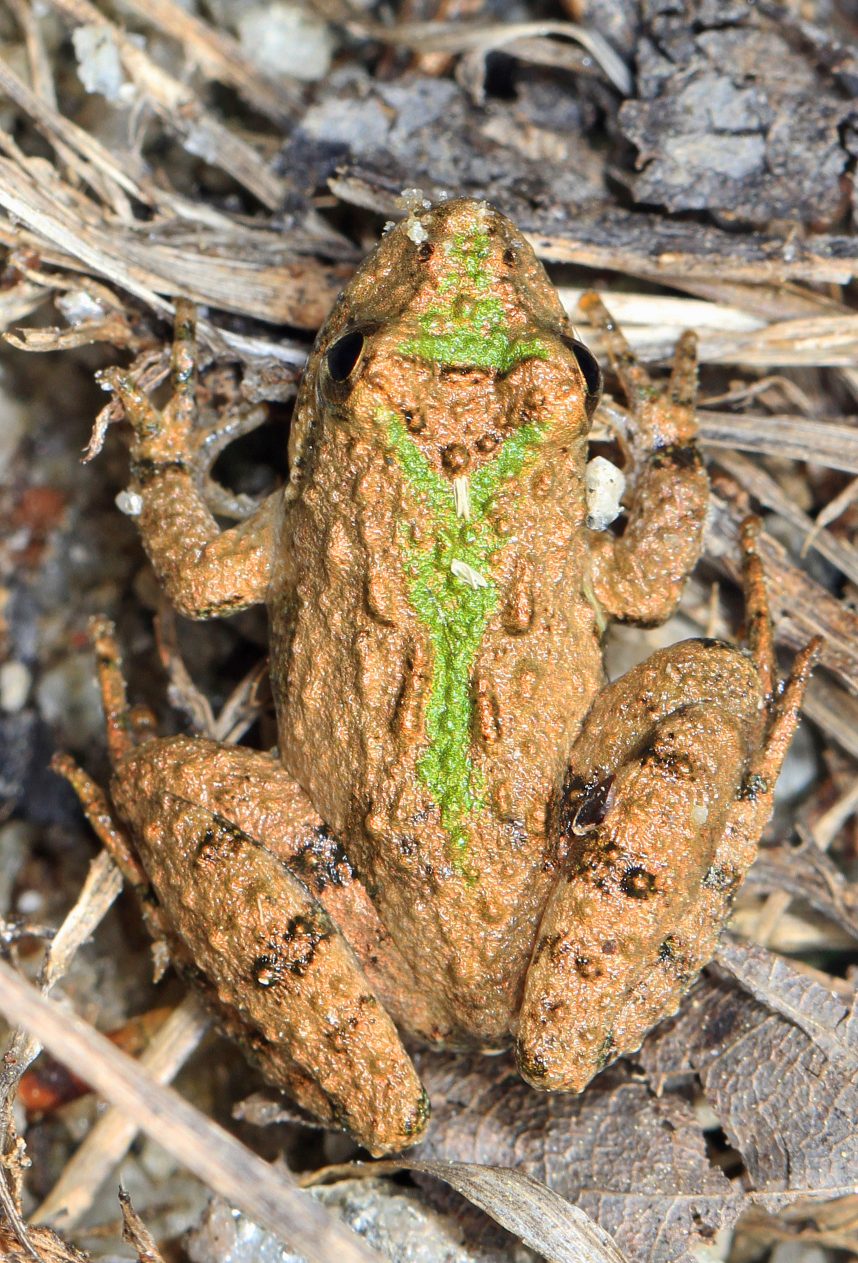
Rio Grande Chirping Frog

Cajun Chorus Frog


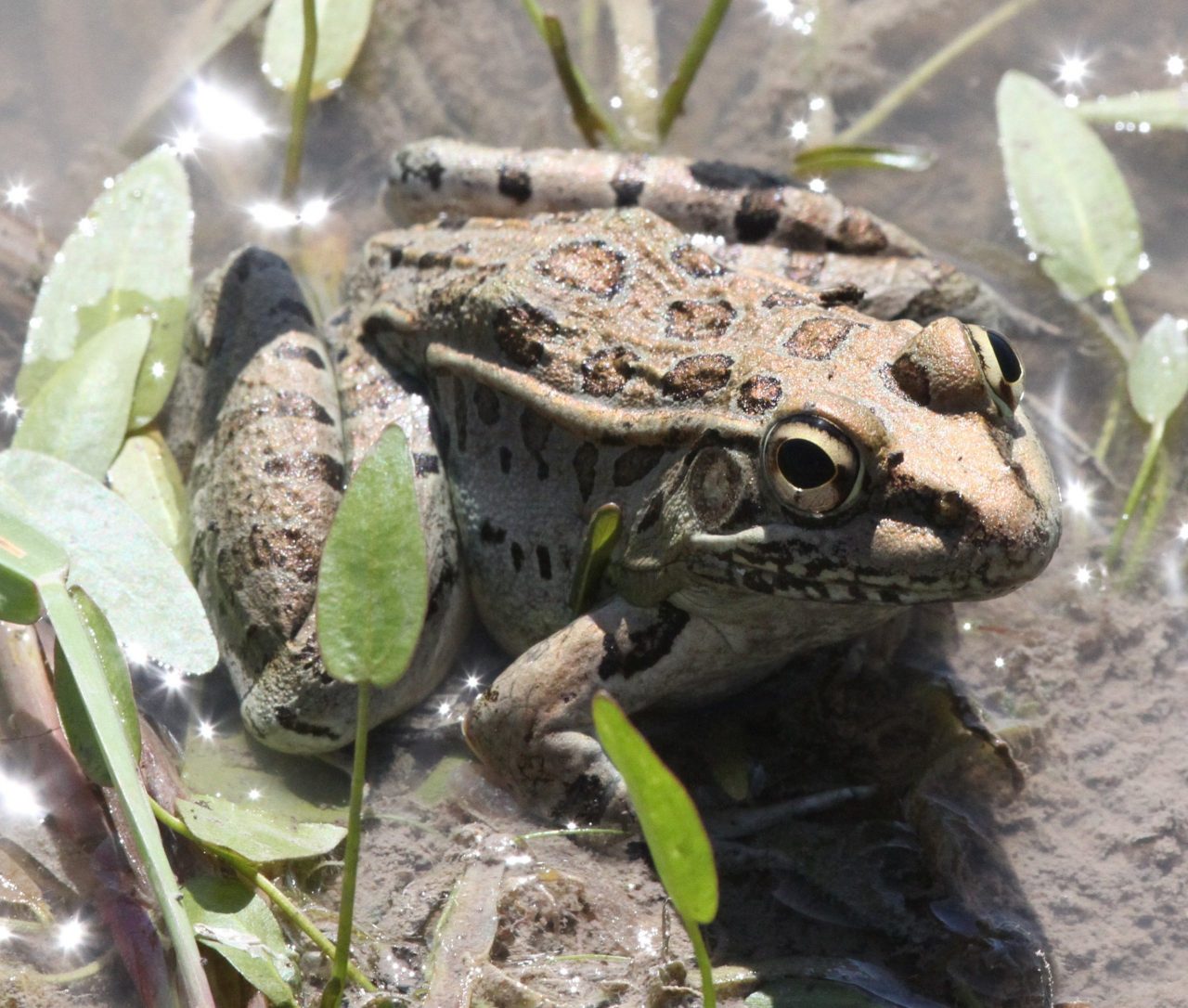
Leave a Reply